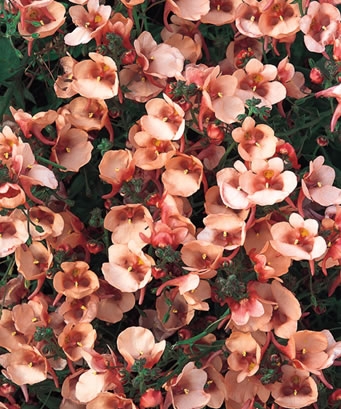We tend to think of September and October as ‘Indian Summer‘ because the weather is balmy, even on the foggy coast. The actual definition from the American Meteorological Society describes ‘a time interval, in mid or late autumn of unseasonably warm weather, generally with clear skies, sunny but hazy days and cool nights.’
Several references make note of the fact that a true Indian Summer can not occur until there has been a killing frost or freeze. And while we may expect wintery weather to arrive in November or December, here in this part of the world we consider this time of year our Indian summer.
The term ‘Indian Summer’ dates back to the 18th century. A Frenchman named John de Crevecoeur wrote in 1778 about ‘an interval of calm and warmth which is called the Indian Summer, it’s characteristics… a tranquil atmosphere.’ No one know if is has anything to do with Indians, either. It has been speculated that cargo ships in the 1700”s did much of their sailing over the Indian Ocean during the fair weather season in ‘Indian Summer’. No one theory has been proven and since it’s been centuries since the term first appeared, it will probably rest with it’s originators.
One thing we do know, fall is the best planting season of the year. The soil is still warm encouraging root growth, the nights are cooler and days shorter which helps to conserve water, too. This is a good time if you’re looking to add a new tree to shade the south side of your home, or perhaps start a hedge to screen the road. If you want to add perennials to a border or start cool season annuals this is the time.
There are lots of deciduous trees to choose from that provide shade in the summer while letting the sun warm the house in the winter. At this time of year trees with fall color come to mind.
Maples like October Glory, Autumn Fantasy, Red Sunset and Autumn Blaze have gorgeous crimson red, magenta pink, or scarlet fall foliage, Growing fairly fast to a mature height of 40-50 ft, they are large enough to provide that much needed summer shade. Provide them with occasional deep watering and periodic feed to help keep roots deep.
What about a hedge that screens the neighbor while also producing fruit? Strawberry guavas can be grown as a 20 ft. single trunk tree, or a 10-15 ft multi-trunked tree , but are more often seen as a shrub 8-10 ft high. Their 1 1/2" fruit is dark red or nearly black when ripe, with white
Another shrub that would make a good addition to your garden is Rose of Sharon. This hardy member of the hibiscus family blooms from mid summer until frost. When dry summers have taken a toll on the rest of your border let this tough plant provide you with spectacular flowers.
There are dozes of varieties from double flowering forms to those with a contrasting eye. Some reach 10 ft tall but can be pruned to shape. One smaller one that I particularly like is called‘Red Heart‘. It blooms with large white flowers with a burgundy eye, grows only 3 ft tall and looks beautiful when combined with the wine red flowers of chocolate cosmos. Another favorite is ‘Blue Bird’ , a rich lavender blue variety with a deep red eye. This one grows 3-5 ft tall and fits into the smaller garden, too. Hibiscus syriacus are easy to grow. They prefer full sun and tolerate some drought. They are hardy to -10 degrees so our winters are a picnic for them.
Take advantage of Indian Summer to plant something new.



 Ground covers are like a fancy carpet in the garden. They add richness and beauty
Ground covers are like a fancy carpet in the garden. They add richness and beauty.jpg?resize=165%2C165&ssl=1)
 Santa Barbara daisy has become a popular ground cover as it reseeds readily and can cover a large area fairly quickly. This 10-20" tall trailing plan spreads rapidly to about 2 ft, making it a great filler between larger shrubs and perennials. Dainty 1/3" pinkish white flowers cool down hot sunny spots. Trim this plant several times a year to keep tidy and encourage blooming.
Santa Barbara daisy has become a popular ground cover as it reseeds readily and can cover a large area fairly quickly. This 10-20" tall trailing plan spreads rapidly to about 2 ft, making it a great filler between larger shrubs and perennials. Dainty 1/3" pinkish white flowers cool down hot sunny spots. Trim this plant several times a year to keep tidy and encourage blooming.  Little Finger is unmatched for snacks, pickling or steaming. It grows to just 3-4" long and is ideal for container gardening. too.
Little Finger is unmatched for snacks, pickling or steaming. It grows to just 3-4" long and is ideal for container gardening. too.